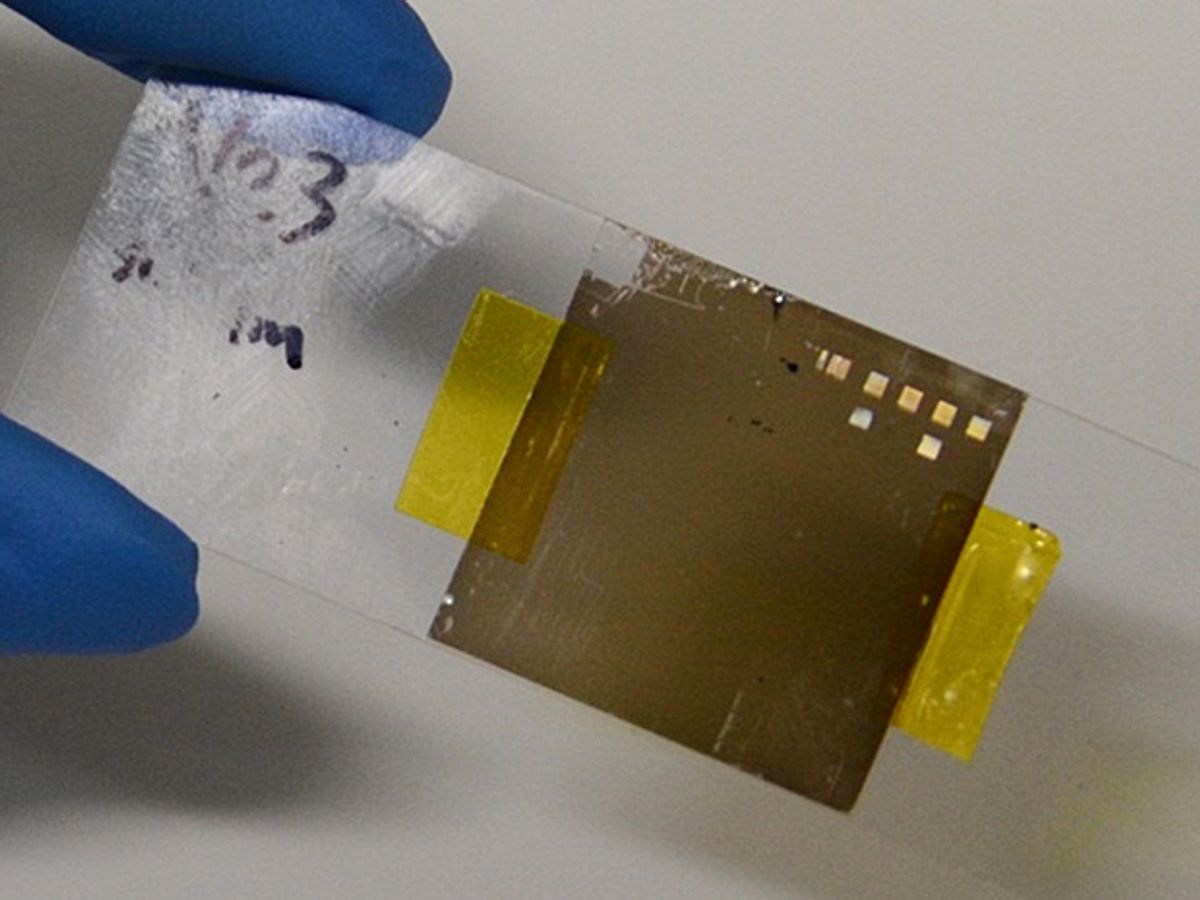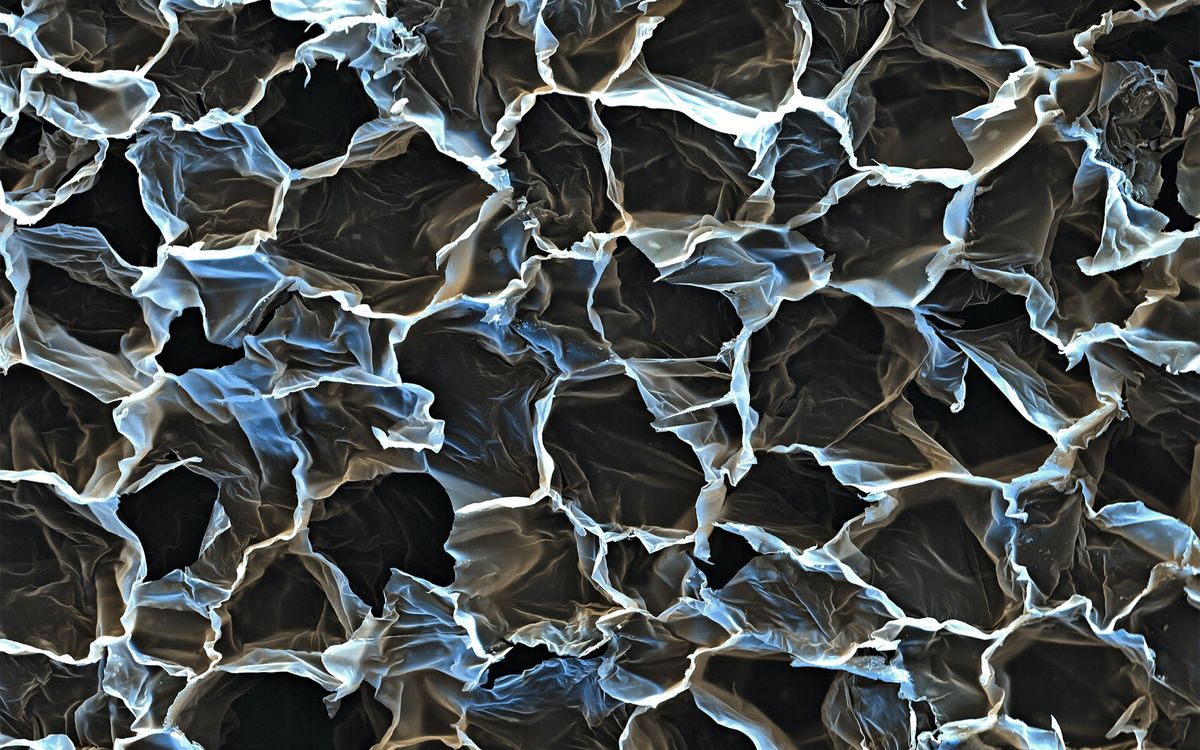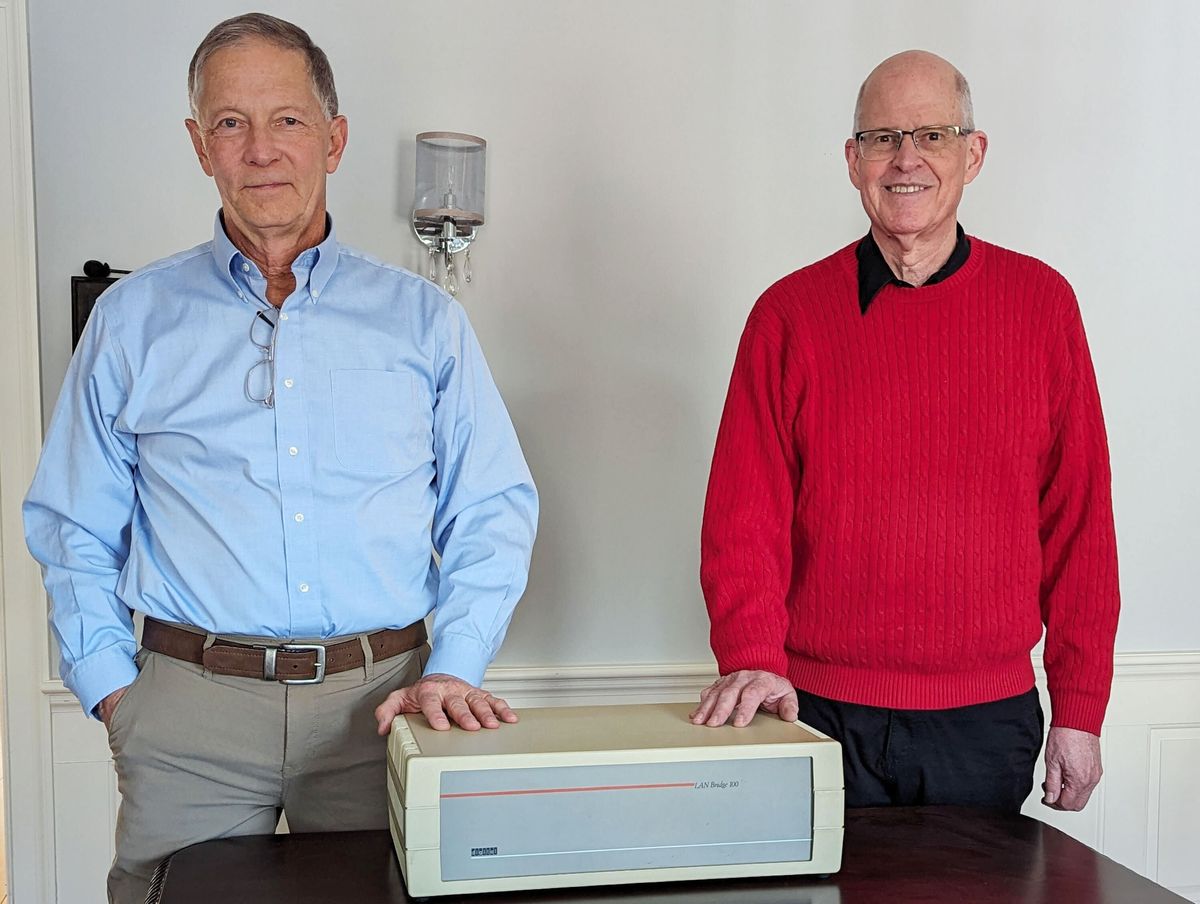In order for us to enjoy our high-speed Internet connections, we depend on optical fiber carrying multiple beams of laser light at different wavelengths. A key property that makes optical networks function is something called optical nonlinearity, which is the ability of a medium to have its optical properties (transmission, refraction, etc.) manipulated by changing the intensity of the light traveling through it. Optical nonlinearity provides us the possibility to use light to control light so we can operate fiber optic networks.
Now, researchers at Swinburne University of Technology in Melbourne, Australia, have found that graphene oxide (GO) possesses a record-breaking optical nonlinearity that makes it suitable for use in high-performance integrated photonic devices for all-optical communications, biomedicine, and photonic computing. Associate Professor Baohua Jia at Swinburne told Nanoclast that the nonlinearity of the GO film they developed is 1000 times as large as previous results.
In research which was published in the journal Advanced Materials (“In Situ Third-Order Non-linear Responses During Laser Reduction of Graphene Oxide Thin Films Towards On-Chip Non-linear Photonic Devices”), the Swinburne team spin coated a GO film onto a glass surface. The researchers then used a laser to create microstructures on the surface of GO film to tune the nonlinearity of the material.
The Swinburne researchers believe that their approach to laser writing structures on a GO film can serve as a method for tuning the nonlinearity of every optical component of integrated photonic devices.
This stands in contrast to today’s integrated photonic devices, in which multiple photonic functions are integrated in one device by building each component separately and then putting them together.
“Now we can provide a film, on which everything can be fabricated with laser and then it is automatically integratable,” said PhD student Xiaorui Zheng in a press release.
This should make the manufacturing process for integrated photonic devices, which still require clean rooms to be fabricated, dramatically easier. “Using this new method, we have demonstrated the possibility of manufacturing a scalable and cheap material,” Professor Jia said in the press release.
Over the past year, Swinburne has taken on graphene oxide as a research target for optics. Last October, a Swinburne team discovered that GO’s giant refractive index could be exploited for merging data storage with holography for improved security coding.
In this most recent research, the aim now is to fabricate a functional device.
Dexter Johnson is a contributing editor at IEEE Spectrum, with a focus on nanotechnology.



